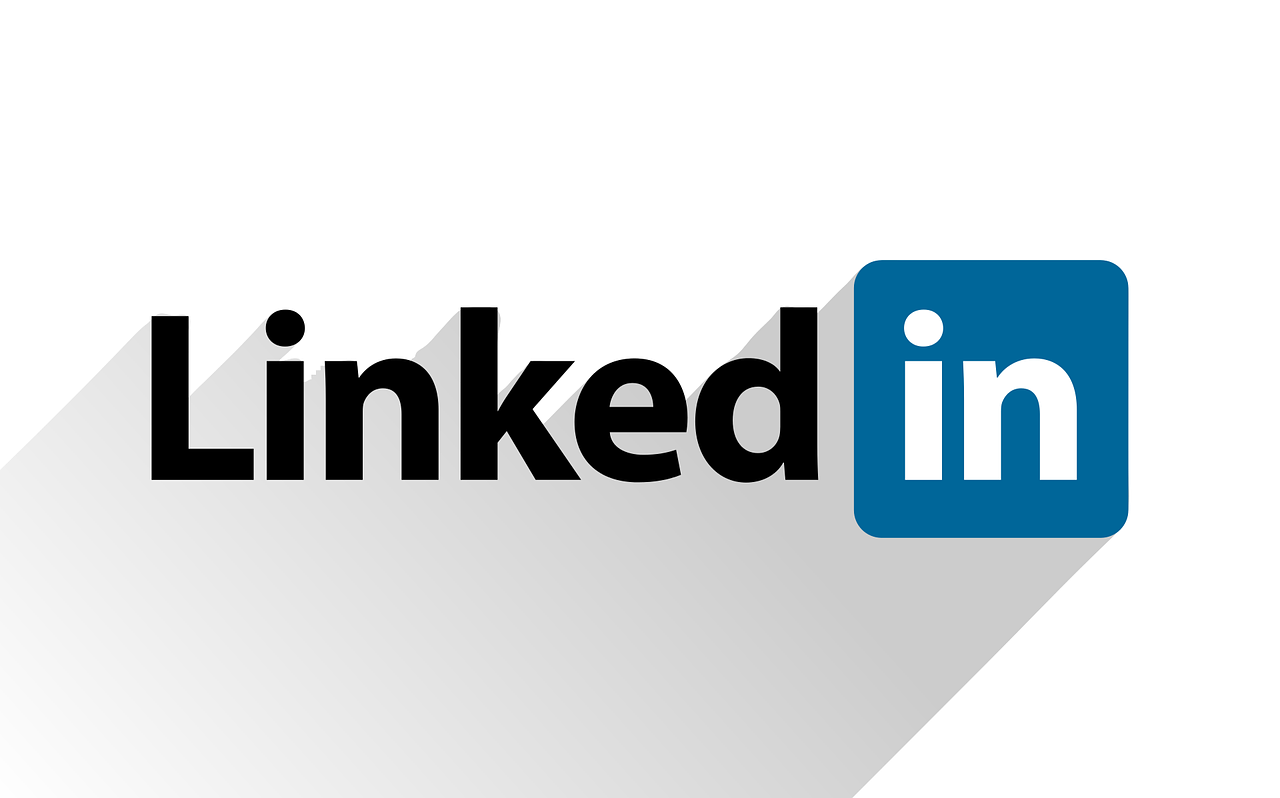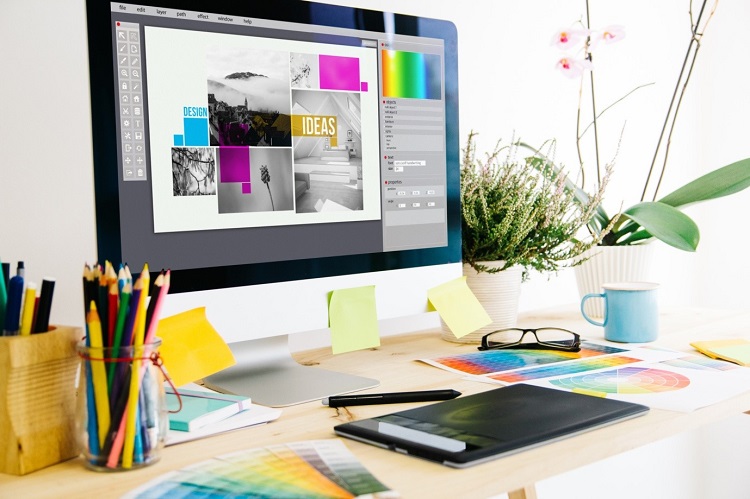8 points of attention that help you make the right choices when you want to have a new website developed.
You probably know why you need a website for your business. But how do you handle this now? Searching Google for the term “make a website” usually leads to more questions than it answers. Below you will find eight points that will help you on your way!
1. Choose a good domain name for website creation workflow
Choosing a good domain name partly determines how your website ranks in Google. So choose a domain name that contains important keywords. For Dutch-language websites aimed at the Dutch market, a .nl extension is the best choice. If you do business internationally, it is better to use a .com domain name. Other extensions such as .eu, .net, .nu and .org are less strong.
An example for my own company: I work with Joomla and am a website designer. So I chose joomla-website-designer.nl. Underscores are considered spaces by Google. However, because this can be difficult for visitors to remember, I have also registered the domain name without dashes.
2. Domain Registration and Hosting
After you have determined which domain name your website should be on, you need hosting to be able to put a website online. Which type of hosting is most suitable for your website mainly depends on the program in which your website will be made. Always discuss this with your web designer before taking out a subscription. The size of your website and the number of visitors you expect to receive also play a role, as does how you want to organize your email addresses.
Some web designers require their customers to host the hosting or even go so far as to register the chosen domain name in their own name. So make sure that the domain name becomes your property! Although it can have advantages to place both the website and the hosting with the same company, comparing with other hosting companies can never hurt. Please note: with hosting often “Cheap is expensive”. Saving $50 a year sounds nice, until it turns out that your website loads slowly or is regularly offline.
3. Determine the purpose of the website
Do you just want an online business card? Do you want people to be able to request information or a quote? Or do you want to sell products directly on your website? Once you have determined the purpose of the website, it is wise to look at websites of competing companies, or websites in the same industry.
How do they set up their site? Which menu items can you find on the site? What do you find attractive or less attractive or useful? Also try to empathize with your customers, what questions might they have? The clearer the image becomes of what your website should look like, the easier a web designer can get started and develop a site to your satisfaction.
4. Desired functionalities
Before you have a website made, think carefully about the functionalities of the website, both now and in the future. It is usually better to prepare a website for future use immediately than to have adjustments made later, as this can be more expensive.
Think for example of things like photo slideshows, quotation forms, a download environment, webshop, multilingualism, etc. Also consider carefully how much time you have each week to provide your website with new content. If this time is limited, it makes little sense to add a blog page, for example.
5. Responsive – Mobile Friendly
A very important functionality is “responsive”, i.e. a mobile-friendly website that adapts to the visitor’s screen. This ensures that your website can be viewed on regular screens, tablets and mobile phones without visitors having to zoom in and out.
With the still explosively growing number of mobile users and the importance that Google attaches to responsive websites, this is now a must when you have a new website developed.
6. Set your budget
Your website and the message that the website radiates must match your target group. A good (responsive) website does not have to cost a lot of money. It is often possible to work on the basis of website templates, which saves on the development costs of the design.
There are agencies that work with a subscription form, where you pay a fixed monthly amount. This can be useful if you initially have little to spend. In the end, you are often more expensive than if you pay development costs once. Be realistic when determining your budget, a website with many functionalities or an extensive webshop logically costs more money than a site that only contains texts and photos.
After the delivery of your website, also take into account the maintenance that every website based on a Content Management System (such as Joomla or WordPress) needs. Also calculate these costs and costs for any licenses of extensions and templates.
7. Choose a web designer with aleph website
Most web designers and agencies have specialized in one software program. Which program you prefer depends on several factors. If you want to be able to adjust your website yourself, a Content Management System (CMS) is ideal. There are various Open Source (free) software packages that are often used.
The advantage of this is that you are not committed to one web designer or agency. You can switch relatively easily in case of problems. This is more difficult when you choose a web designer who uses a self-developed system. You will then not be able to switch to another company and may also pay a license fee to use the software.
Furthermore, not all systems are equally user-friendly or flexible. It is wise to inquire about this or to view a demo installation of the software. If you know which system you want to work in, it can be a good idea to ask your friends if they know a good web designer.
Searching in Google also provides plenty of options. Naturally, you view the portfolios to see whether the websites you have created appeal to you. Preferably choose a web design agency that has references on external sites. This is more objective than references placed on your own site. For example, look at sites such as LinkedIn or Opinions Whether there are reviews about the web designer you have in mind. If not, consider contacting companies from the web designer’s portfolio.
Always request quotes from multiple companies so that you can compare and check carefully what is included in the quote price and what costs apply afterwards for maintenance and licenses.
8. Findability in Google
Keep in mind that search engine optimization is a different sport than web design. Good web designers will ensure that the site is technically correct, with a clear URL structure, fast loading time and no errors in the source code. However, the technical aspect is only a small part of the total picture that search engines look at when indexing websites.
It still happens that a week after the delivery of a new site I get the question: “Why am I not on the first page when I search for order to be found well, you will have to put a lot of time and energy into the website, this does not happen automatically.
Read Also: What is the best website builder?







